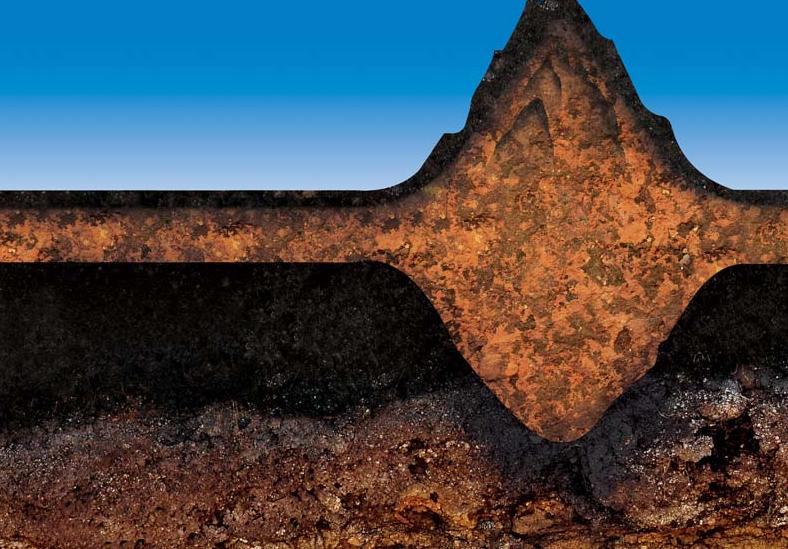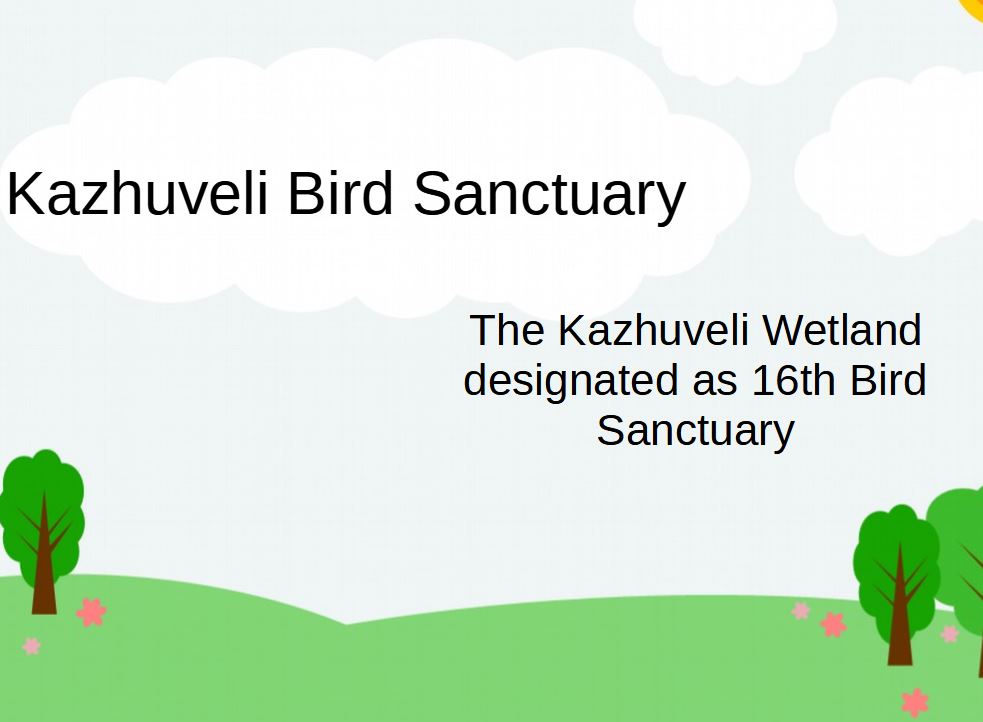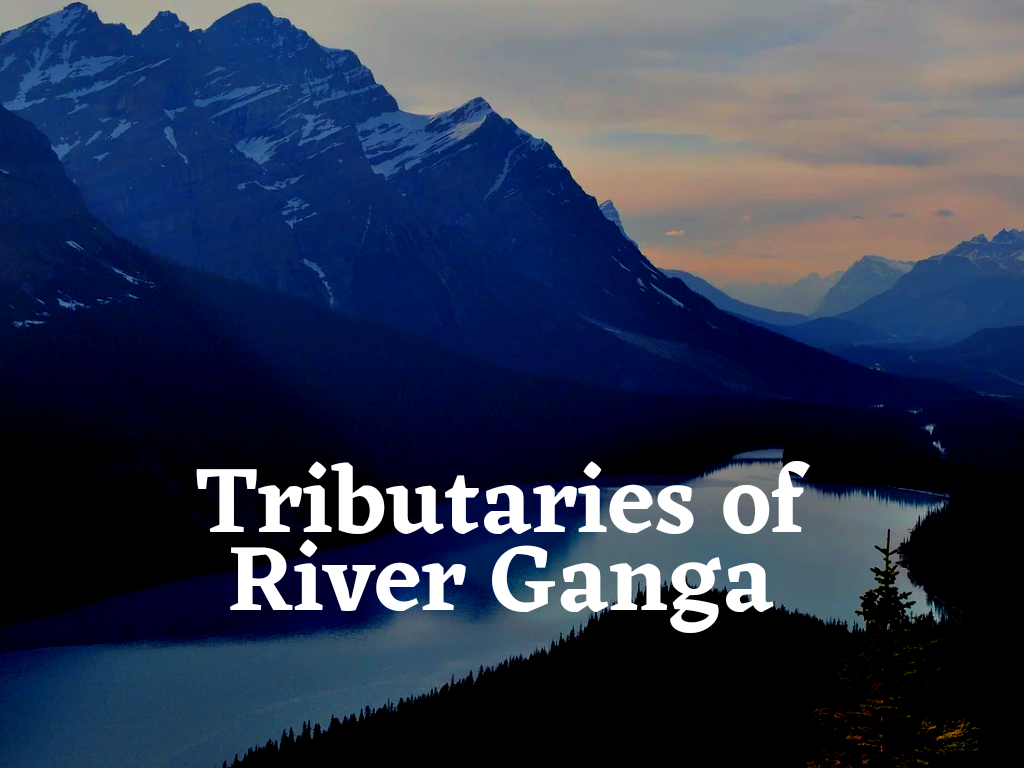Updated By: LatestGKGS Desk
Geology: Theory of Isostasy, gravitational equilibrium, tectonic events

Isostasy: gravitational equilibrium stage of earth's surface and tectonic movements
The word isostasy, derived from a German word Isostasios (meaning thereby ‘in equipoise’), was first proposed by American geologist Dutton in 1859 to express his view to indicate ‘the state of balance which he thought must exist between large upstanding areas of the earth’s surface, mountain ranges and plateaux, and .contiguous lowlands, etc.’
Isostasy, a fundamental concept in geology, is based on the opposing influence of two main forces – Buoyancy and Gravity
It is the state of gravitational equilibrium between earth’s crust and mantle, Such that – The crust floats at an elevation that depends on its thickness and density.
It is the idea that the lighter crust must be floating on the denser underlying mantle.
Different Relief features of varying magnitudes e.g. Mountains, plateau, plains, lakes, seas, and oceans, faults, and rift valleys e.t.c standing on the earth surface are probably balanced by certain definite principle, otherwise, these would have not been maintained in their present form.
Whenever this balance is disturbed, there start violent earth movements and tectonic events. Thus, ‘isostasy simply means a mechanical stability between the upstanding parts and low-lying basins on a rotating earth‘.
Isostasy is invoked to explain how different topographic heights can exist on the Earth’s surface. Isostatic equilibrium is an ideal state where the crust and mantle would settle into in absence of disturbing forces. These are the examples of processes that perturb isostasy:-
–The waxing and waning of ice sheets,
–Erosion, sedimentation, and
–Extrusive volcanism
The physical properties of the lithosphere (the rocky shell that forms Earth’s exterior) are affected by the way the mantle and crust respond to these perturbations.
Therefore, understanding the dynamics of isostasy helps us figure out more complex phenomena such as:-
–Mountain building,
–Sedimentary basin formation,
–The break-up of continents and
–The formation of new ocean basins


